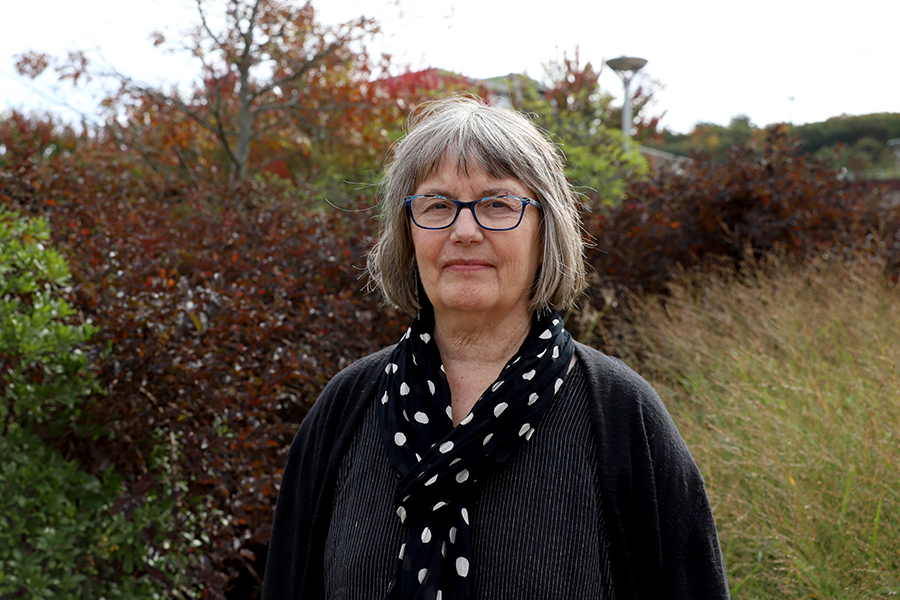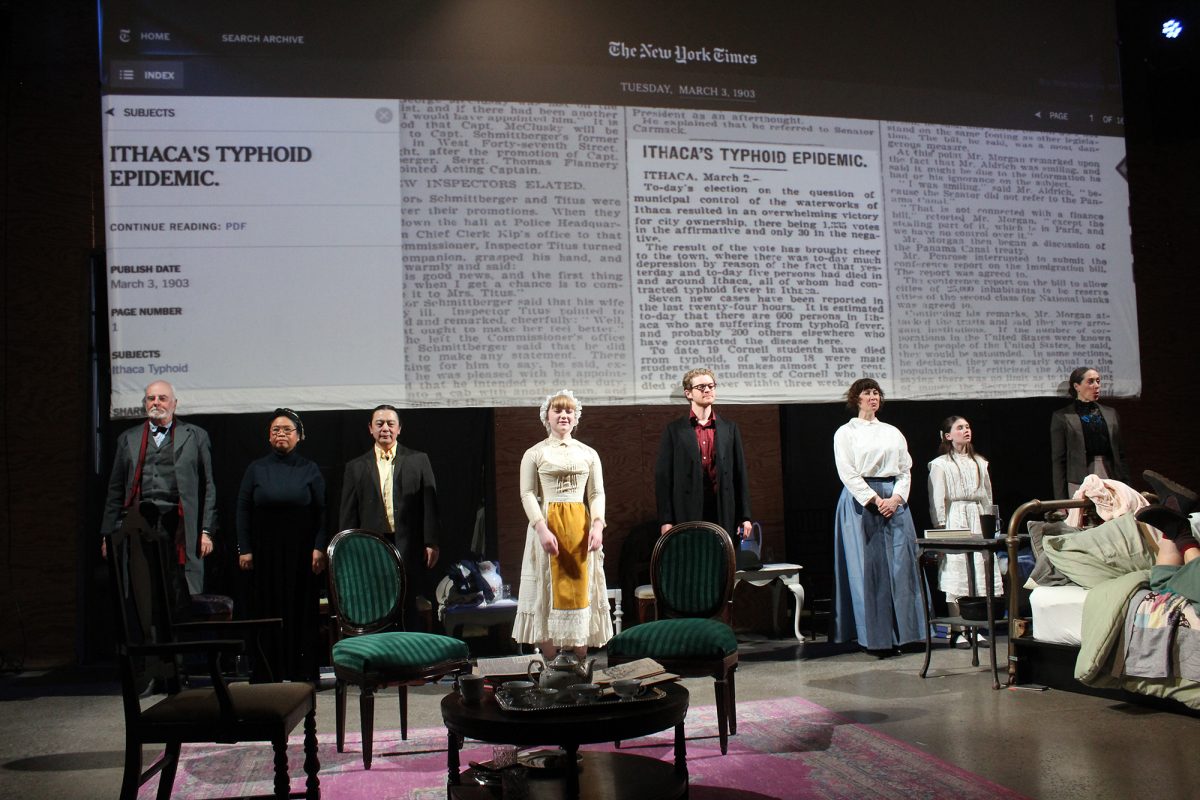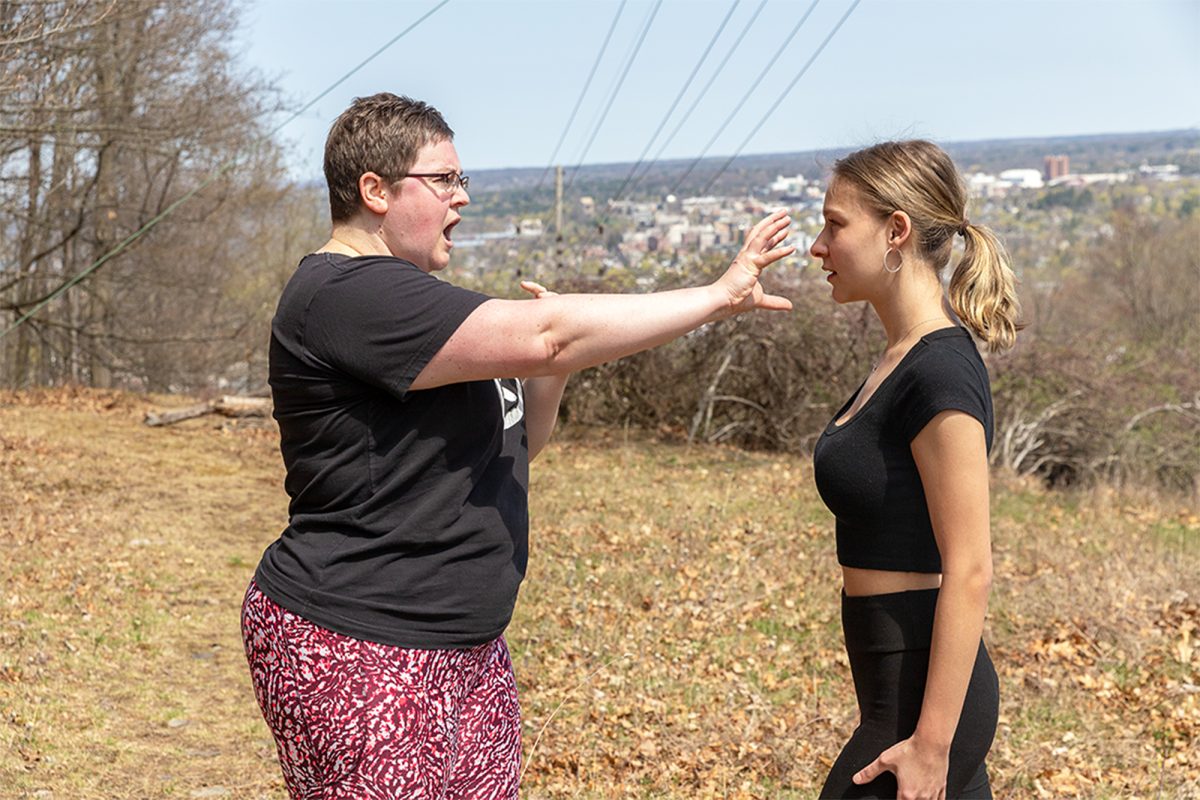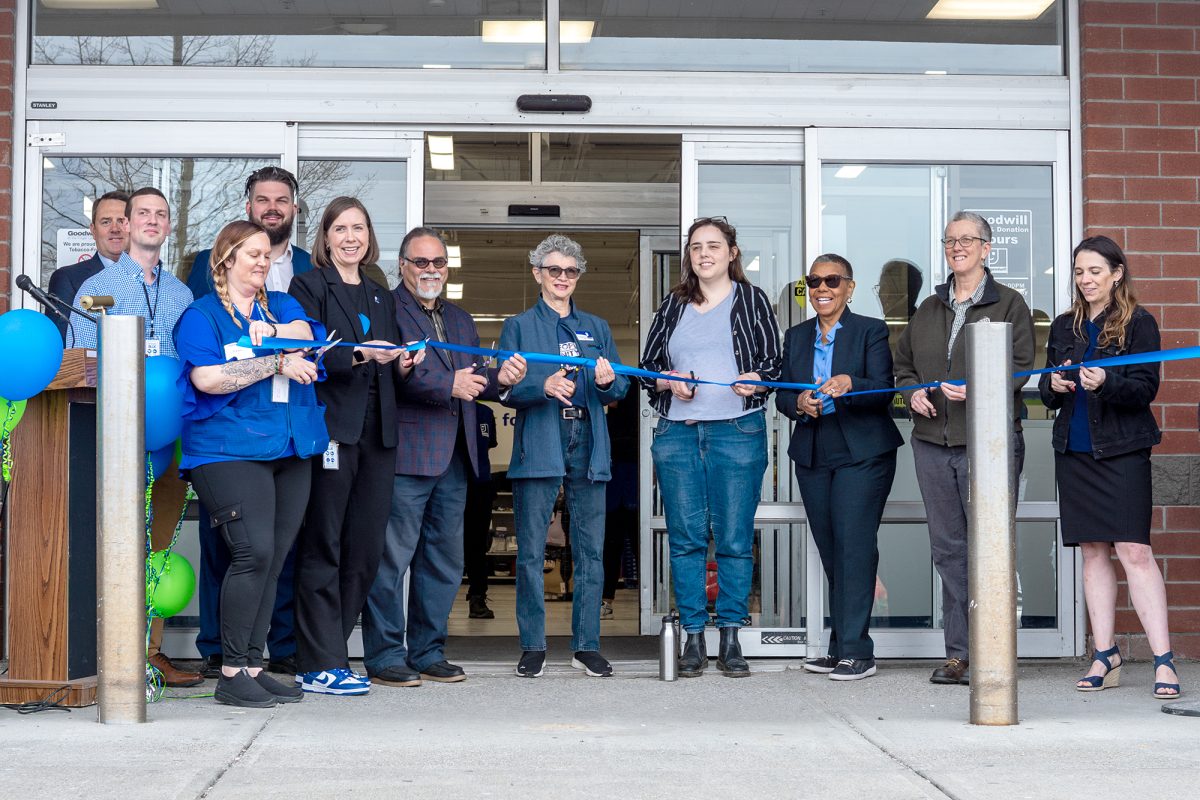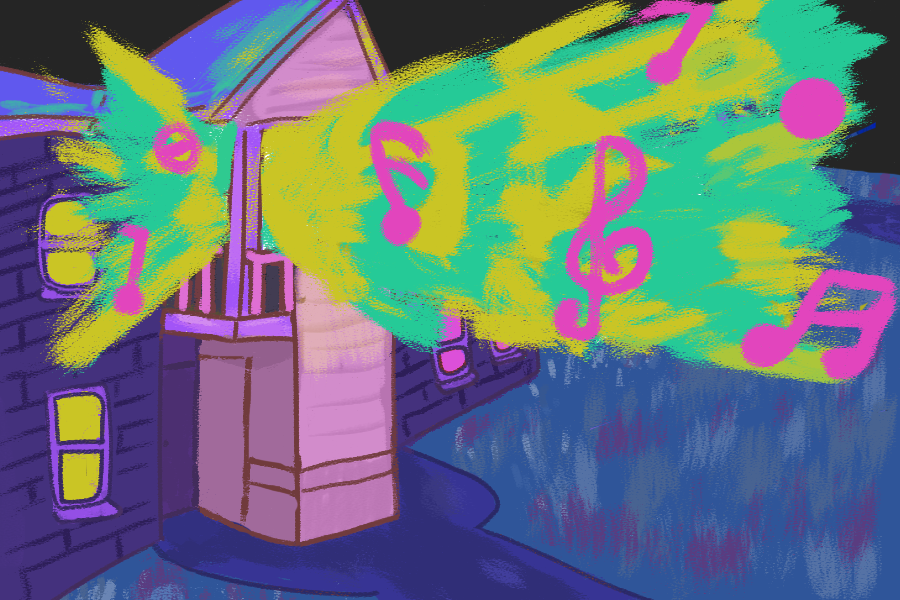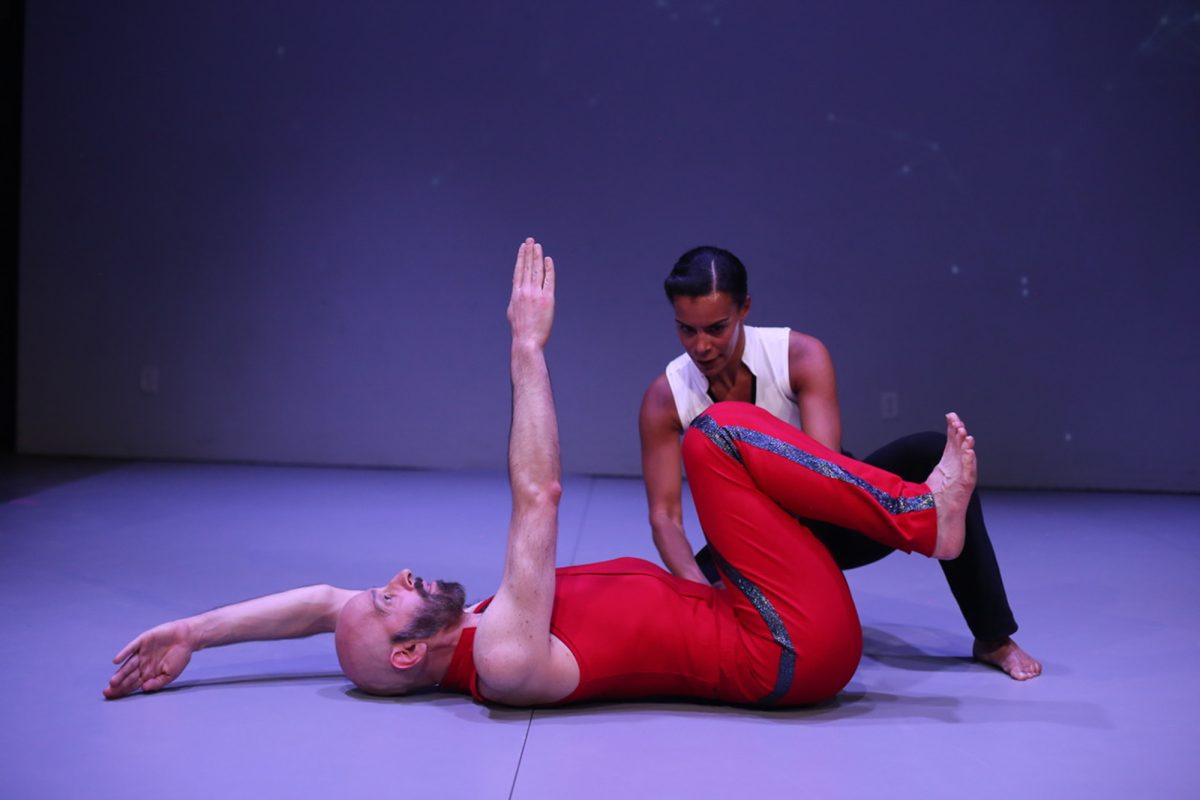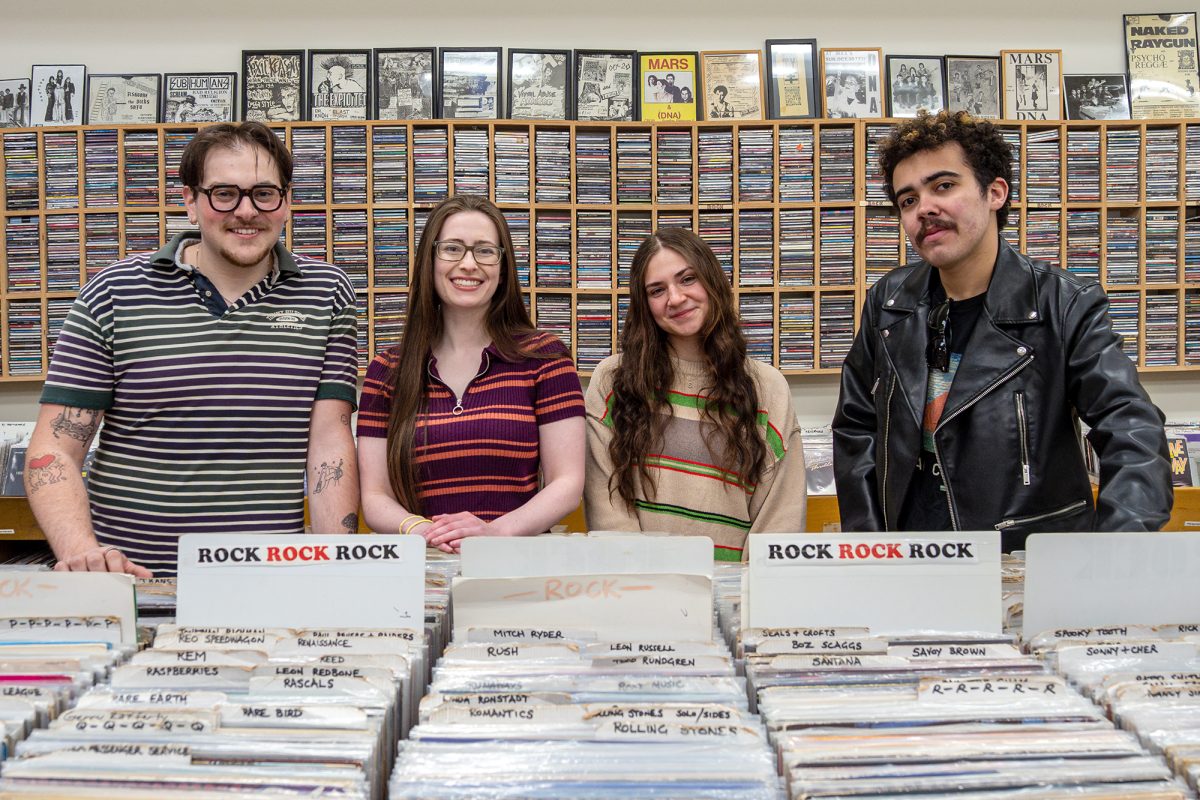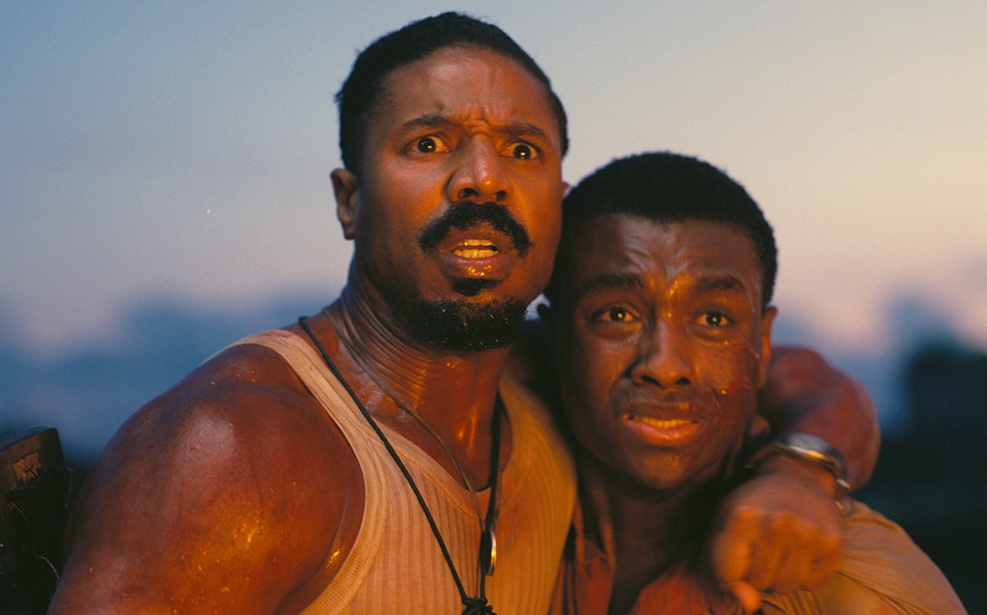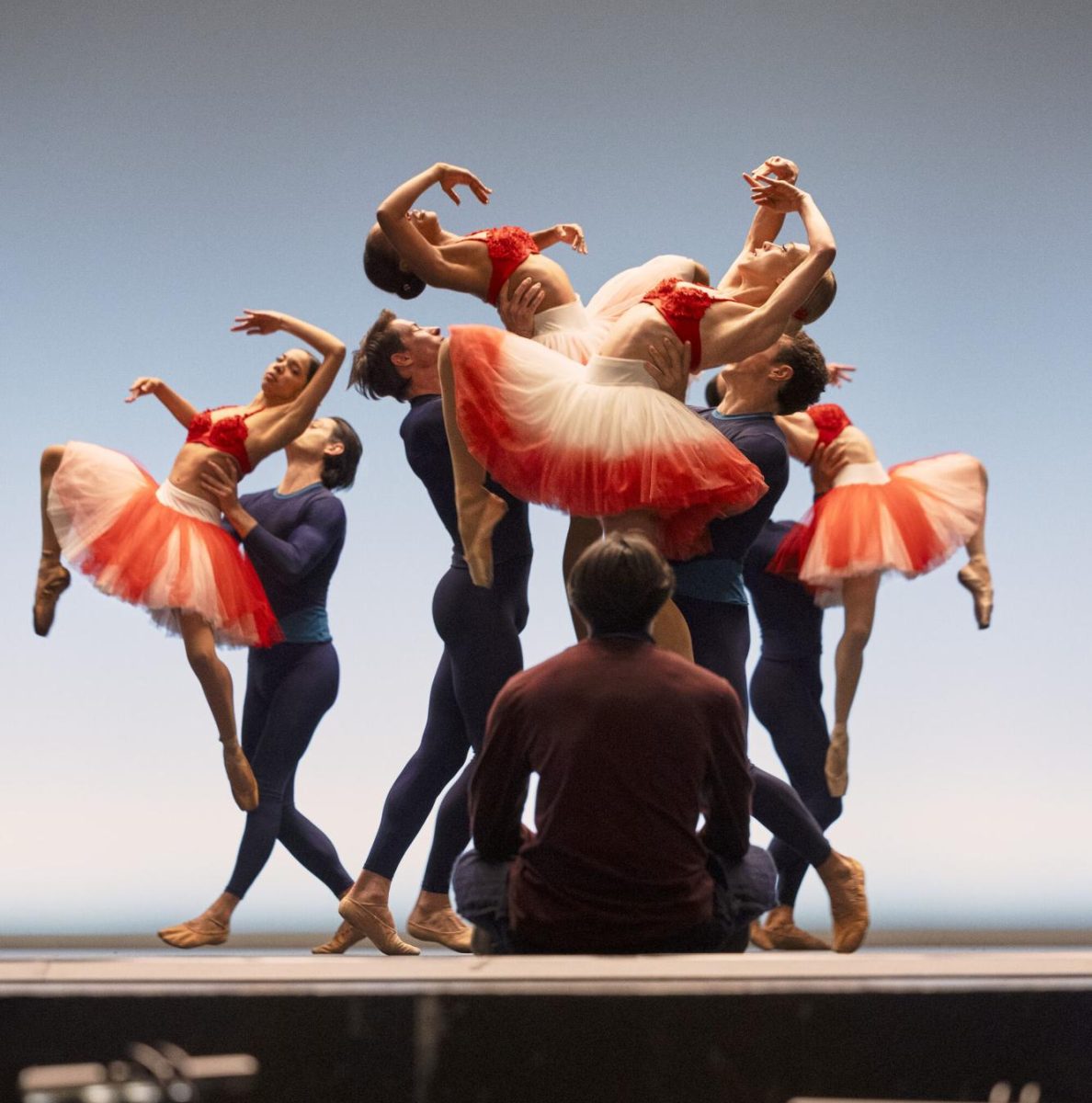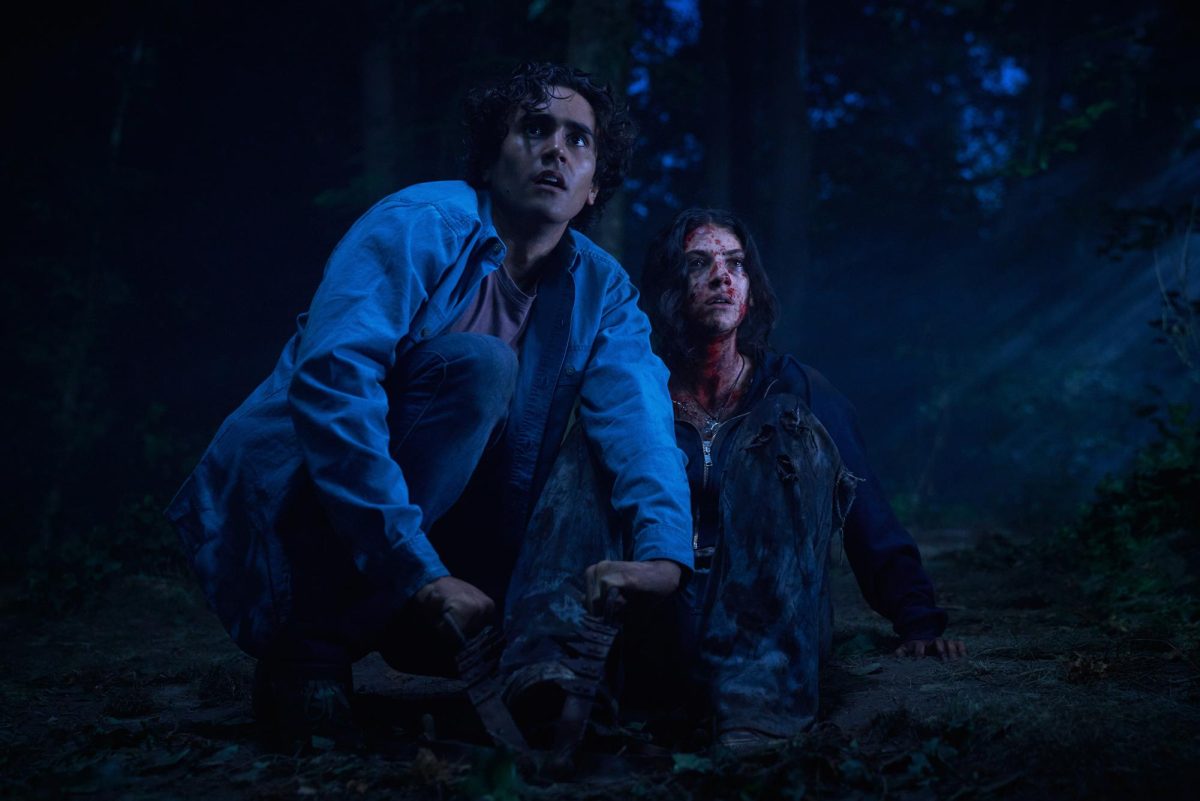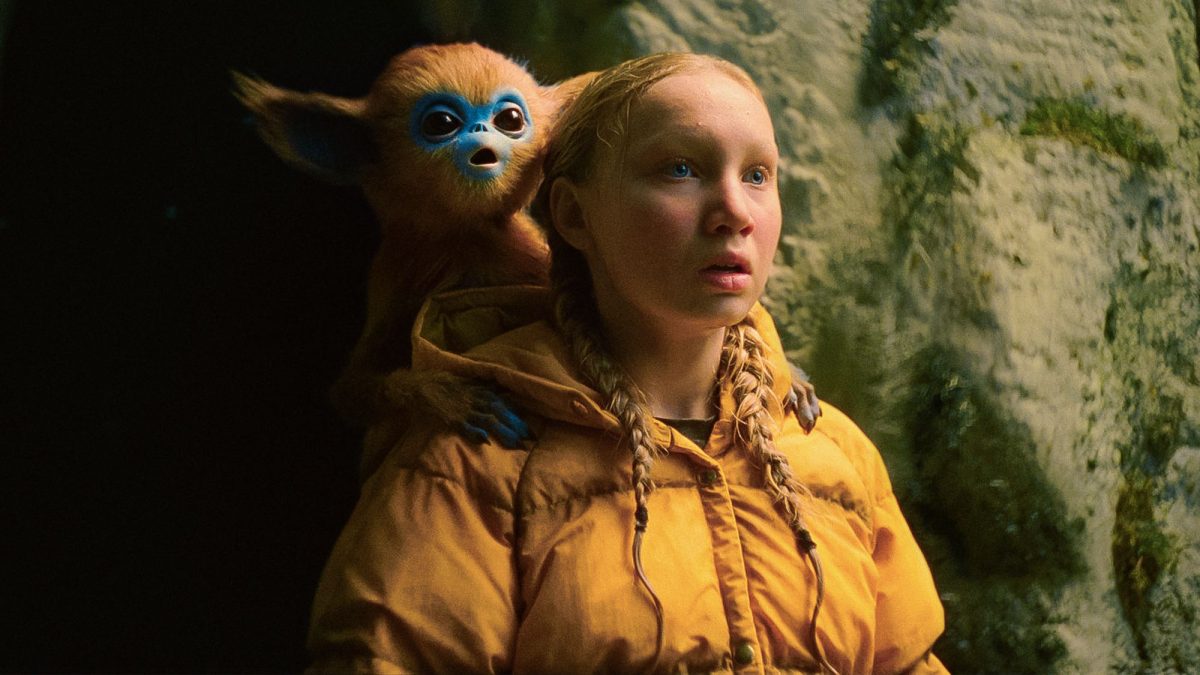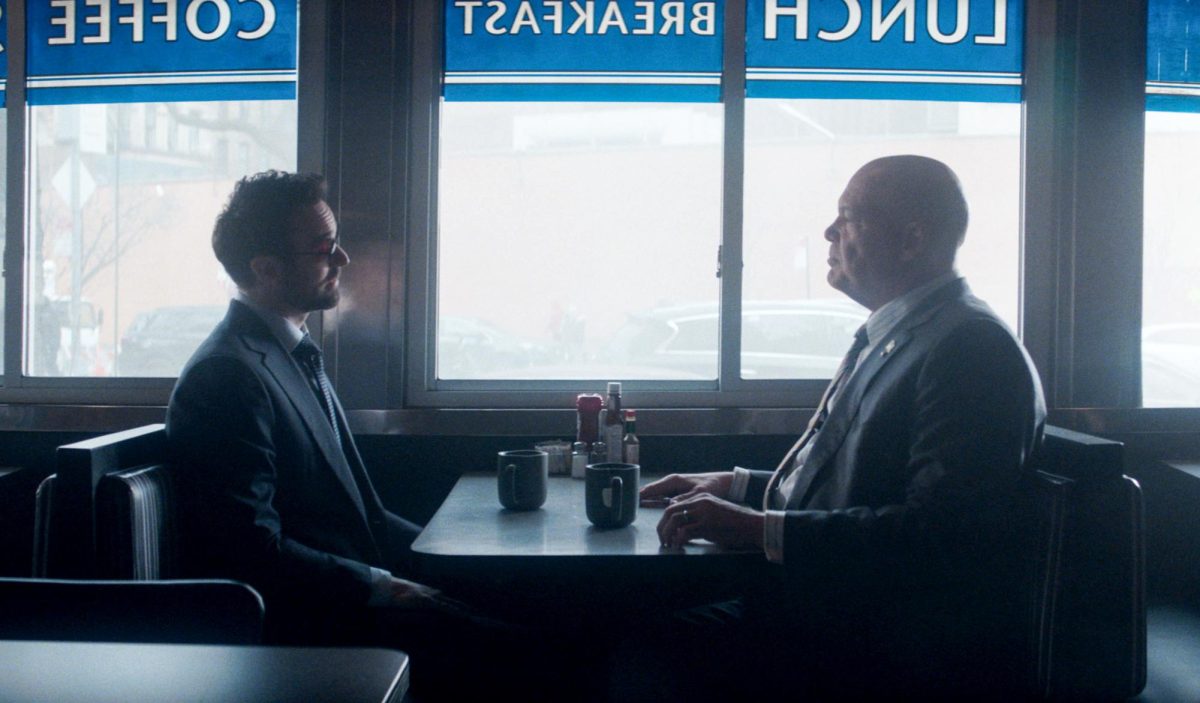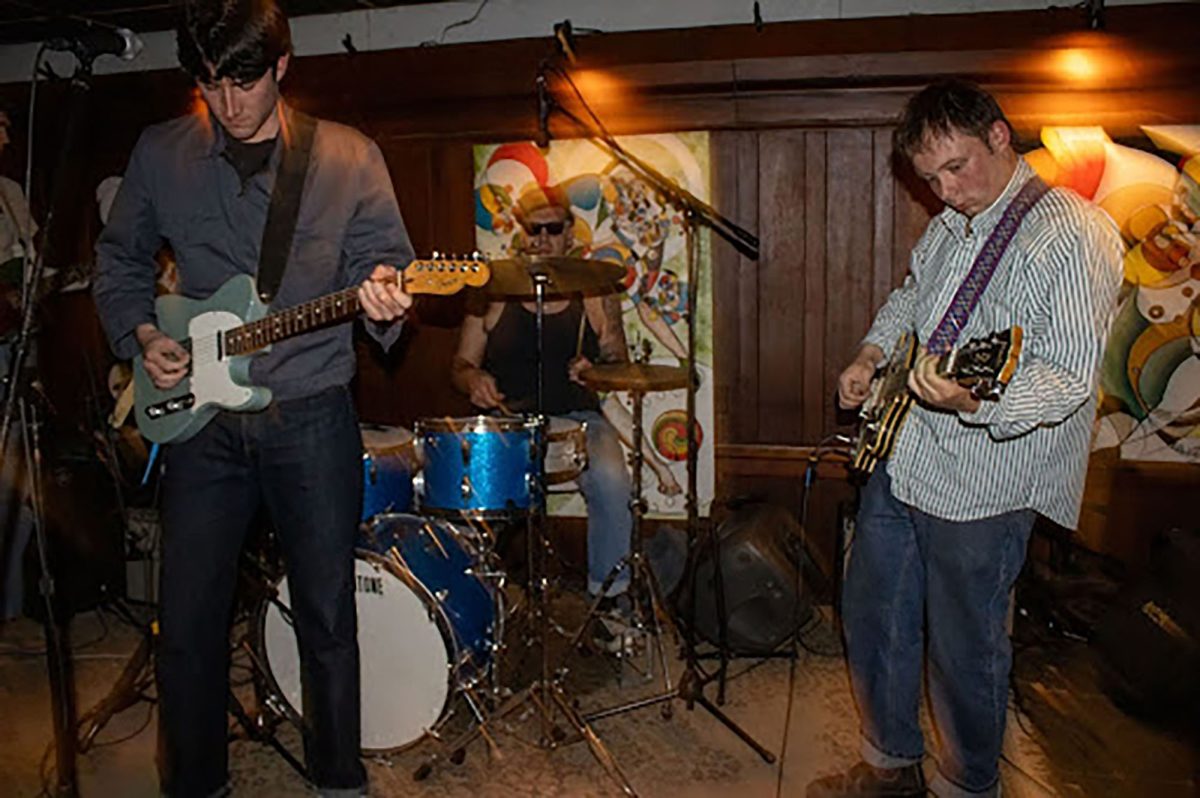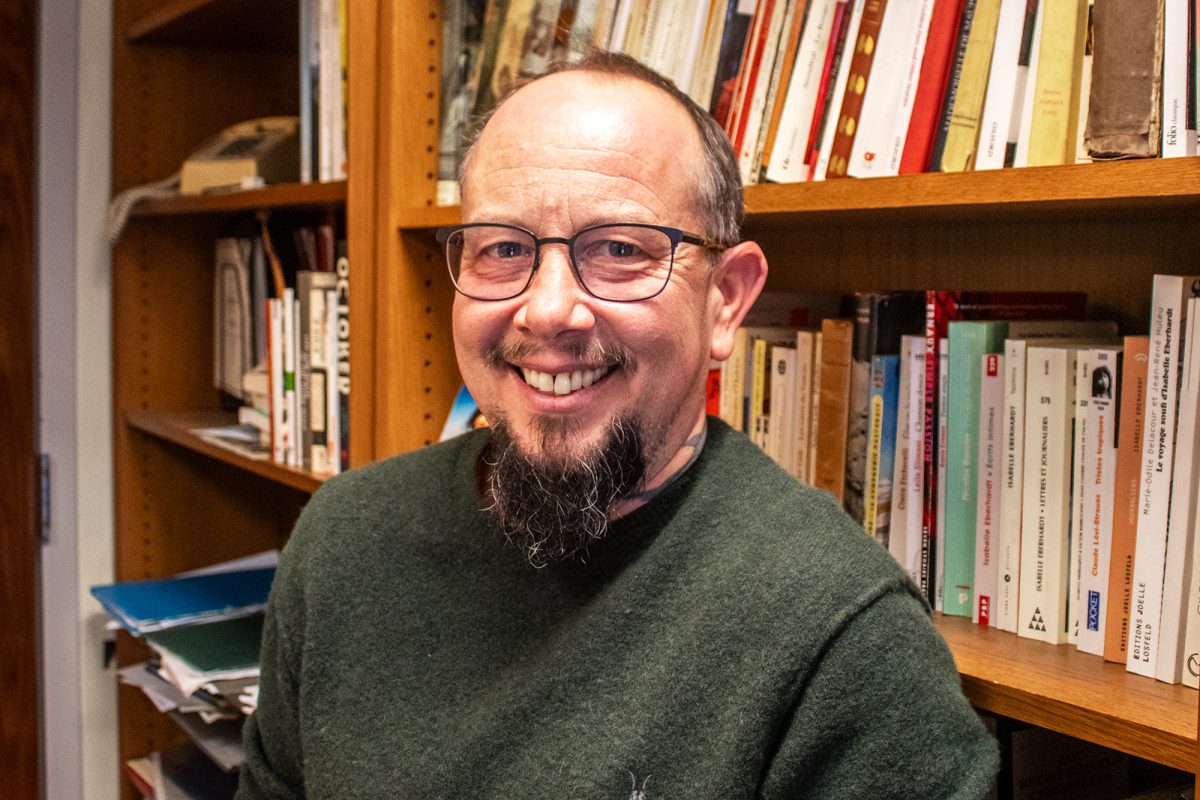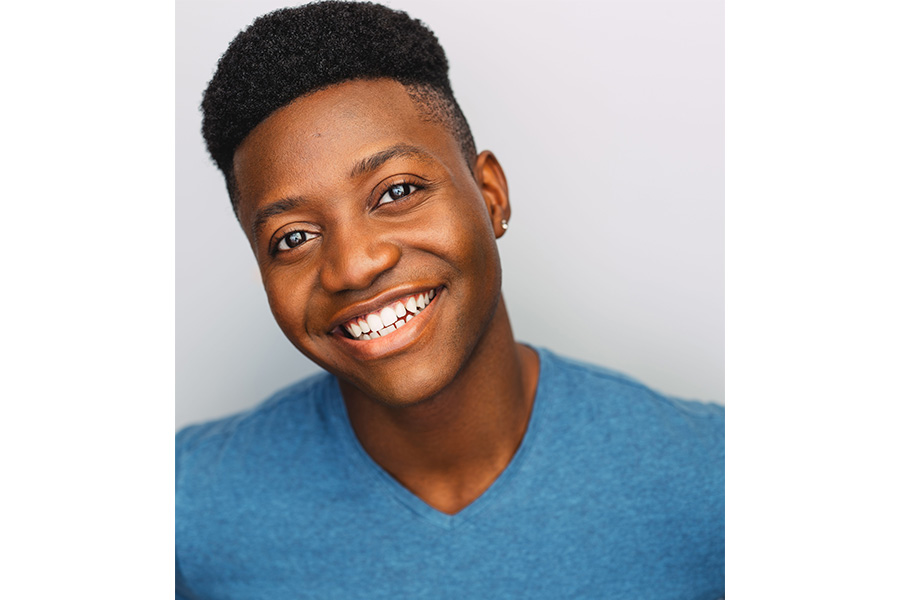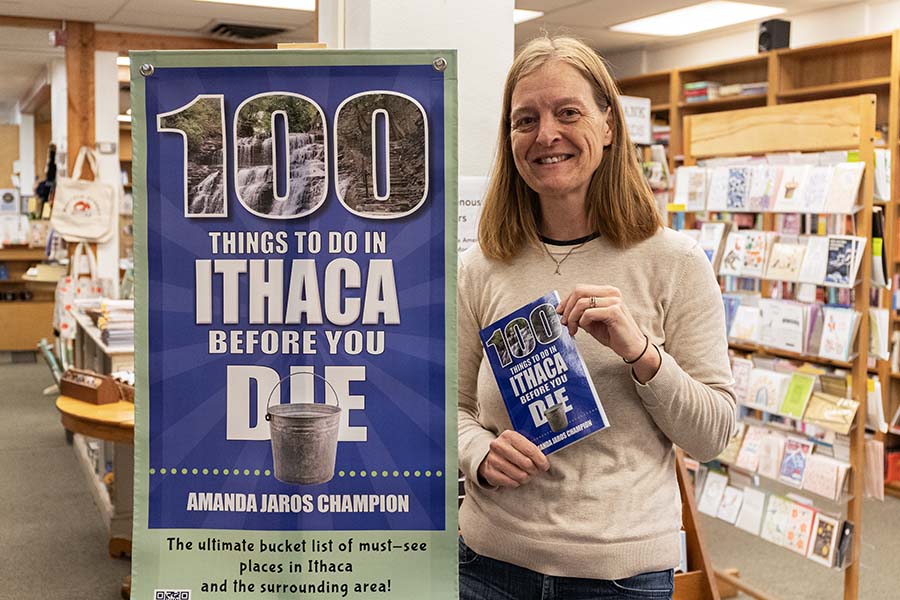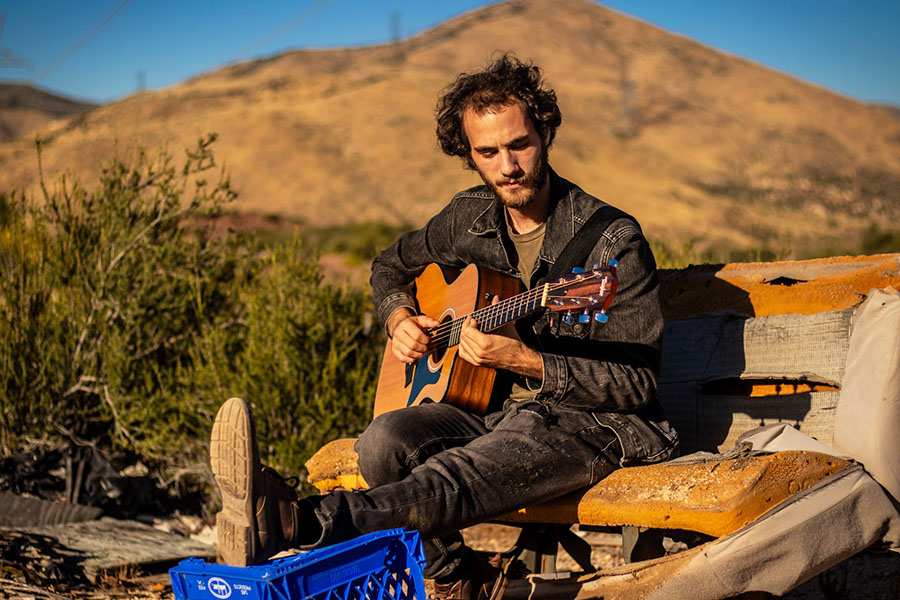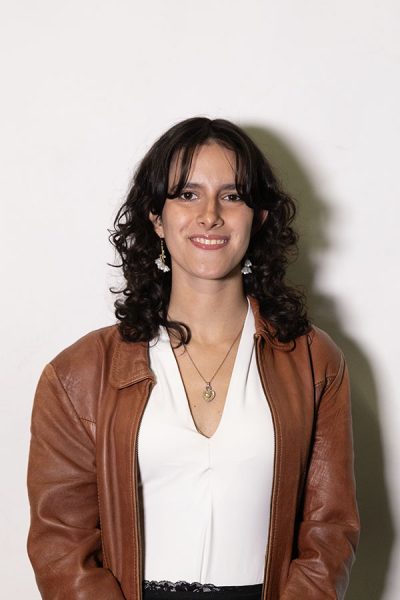Carla Stetson, former associate professor of arts and chair of the art department, was recognized as a finalist for the Printmaking/Drawing/Book Arts discipline in the 2023 New York State Council on the Arts/New York Foundation for the Arts Artist Fellowship.
Stetson obtained her MFA from Vermont College and her BFA from the Kansas City Art Institute. After retiring from Ithaca College in 2019, she has been working full time in her studio. Prior grants awarded to Stetson include those from the Minnesota State Arts Board, the Puffin Foundation and the Arrowhead Regional Arts Council. Stetson has received residency awards from a number of organizations, including the Saltonstall Foundation in New York, the McColl Center for the Arts in Charlotte, North Carolina, and Draw International in Caylus, France.
Her most well-known creation is the Clayton Jackson McGhee Memorial in Duluth, Minnesota, which opened in 2003, and is the country’s first substantial memorial to lynching victims. Additionally, her artwork is included in a number of collections, such as those held by Carolinas Health Care in Charlotte, North Carolina, the Tweed Museum of Art in Duluth, Minnesota, and the Walker Art Center in Minneapolis. Mariana Contreras, staff writer, sat down with Carla Stetson and spoke about her recent award as a finalist for the NYSCA/NYFA Artist Fellowship.
This interview has been edited for length and clarity.
Mariana Contreras: Can you tell me how you felt when you found out you were selected as a NYSCA/NYFA Artist Fellowship Finalist in the drawing category?
Carla Stetson: When I first found out, you apply for so many things and a lot of times, you’re rejected. And so this time I was so happy to get this announcement that I’d been selected, and I was really honored because I know that there’s a large group of artists — really great artists — living in New York State, New York City. There were quite a lot of people … so to be selected as one of the group was very nice for me. I felt happy, because having a jury of peers acknowledged that my work was valuable. That’s really motivating.
MC: What inspired you to pursue a career in the arts?
CS: I was thinking back, I almost can’t remember a time where I didn’t want to be an artist. Pretty much as soon as I knew there were artists, I wanted to be one. When I was a kid, I loved drawing and illustrating. Of course, a lot of children love drawing, but it just stayed with me. Then when I went to undergraduate school, I first started out in a Liberal Arts College, but I then transferred to an Arts Unit College, Kansas City Art Institute, and I really felt like I had come home. This was my place in the world. I started out in sculpture and photography. That was my focus as an undergraduate. I was always drawing, but at that point it was a means to the end. It was drawing to figure out the sculpture or drawing to figure out the installation of the sculptures. It wasn’t really until I came to Ithaca that I started drawing and the drawings actually became the end product. Drawing, it’s so primal. You make a mark … and that becomes the thing. I think teaching drawing was very inspiring for me, because you see what kind of emotions [students] could create through mark making. It’s very moving and that’s why I wanted it to be my thing in the end. It’s so primary.
MC: Could you share some challenges you face as an artist in this particular field? And how have you overcome them?
CS: I think one of the challenges is that the general culture doesn’t support the visual arts that well. When you’re a young artist, it takes a long time to develop your voice and you need to be in the studio a lot, but you [have other activities] that takes time away from your studio work. It’s a really delicate balancing act. You have to make the time for your own work because everybody has to put in the time. Nobody just is so talented. They can’t just start, become famous and get money. I think it’s one of the reasons why a strong art program is really important for a student to find a community of other people … and possibly professors who can help them. As far as challenges for me, in my undergraduate art college there was only one female professor, and all the rest were male and so as a young female student, I had almost zero role models. … I think that things have gotten a lot better these days, but artists that identify as female still have a lot of obstacles in front of them. They’re underrepresented in museums and galleries. Things are … moving in the right direction.
MC: Could you describe your creative process when working on a project? What goes on behind the scenes?
CS: I think for me, just working daily in the studio is where the ideas grow. They don’t come out of your head when you’re sitting there, when you are thinking or even writing; they grow out of messing around with stuff or having a problem to overcome. When I was at a residency in France, called Draw International, the studio was an old apartment and it had this incredible floral wallpaper. And I got this idea, because of the studio, that I should draw a chair and use my drawings to furnish the apartment, like I’d post them on the walls and be like the furniture of the apartment. So I started to draw this old antique French chair, and I was thinking about what to draw on the background of the chair and how to draw the fabric, and I was like, “Man. I don’t want to draw the fabric, that’s too tedious.” I found I had this fabric and I thought I would stencil it to make a print of the fabric on the backdrop of the chair. I experimented a little and did it. It was astonishing how amazing it looked and how real it looked like fabric was on the chair. That was a sudden type of mark making that I wanted to keep on doing, and it led to so many other works and I used it in so many different ways.
MC: I know a big theme on many of the applications for this year was identity and how artists reflect their own personal identity in their work. How do you reflect your identity in your art?
CS: Yeah, I know, that’s a big thing in many [applications]. Many artists are working with personal identity issues and experiences that they’ve had. And I guess in a way, I am too, because of my experience living in the rural countryside with my and other creatures that seem to want to inhabit my house with me like wasps and others. But I would say that my work addresses human relationships with the non-human world, or the more than human world, which I prefer to call it rather than specific human identities.
MC: What advice do you have for any aspiring artists in the field of art?
CS: My main piece of advice is to continue to make art as much as you can. Once you stop doing it, it’s really hard to get back in the flow again. You have to find your voice and you have to build enough time in the studio to make your work really excellent. The other thing is to find a community of people who you could trust and can give you good advice and excellent feedback. These people are going to keep you on track. Set a time where you meet with these people, they’re gonna understand what you’re going for and be able to help you get there. I think, like having a community and also just having enough time to work is essential for both of those things. That’s my main advice, I think being in an art school or a school with a good art program is great to get started. The problem is maybe to keep that going once you’re out of school. Apply for shows, keep your momentum going. The other advice, you have to see the art firsthand. You can’t see it on your computer or in a book. You have to go to museums and see work or galleries, and then you have to get up close to the work and see how it’s made because everything’s really different in person.


